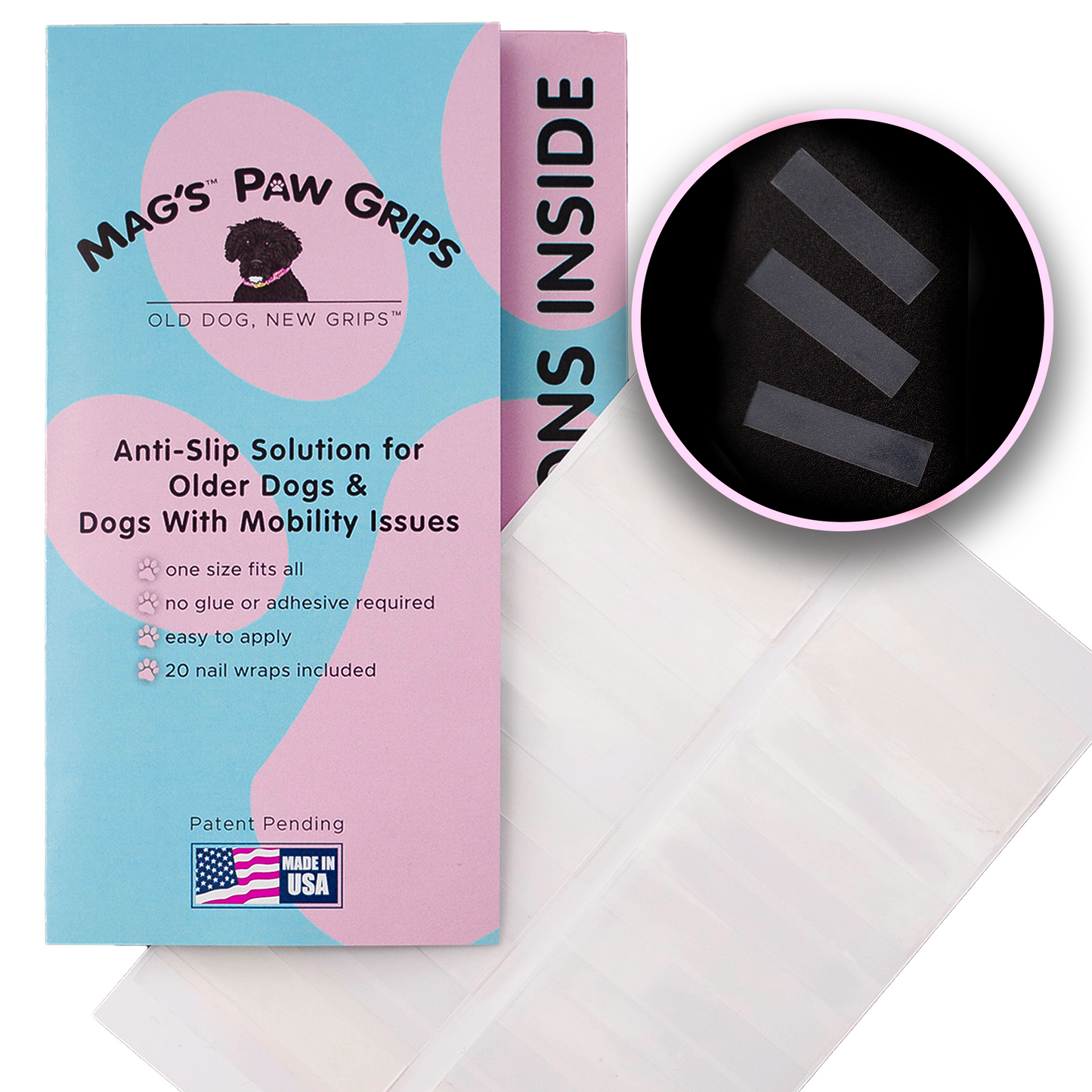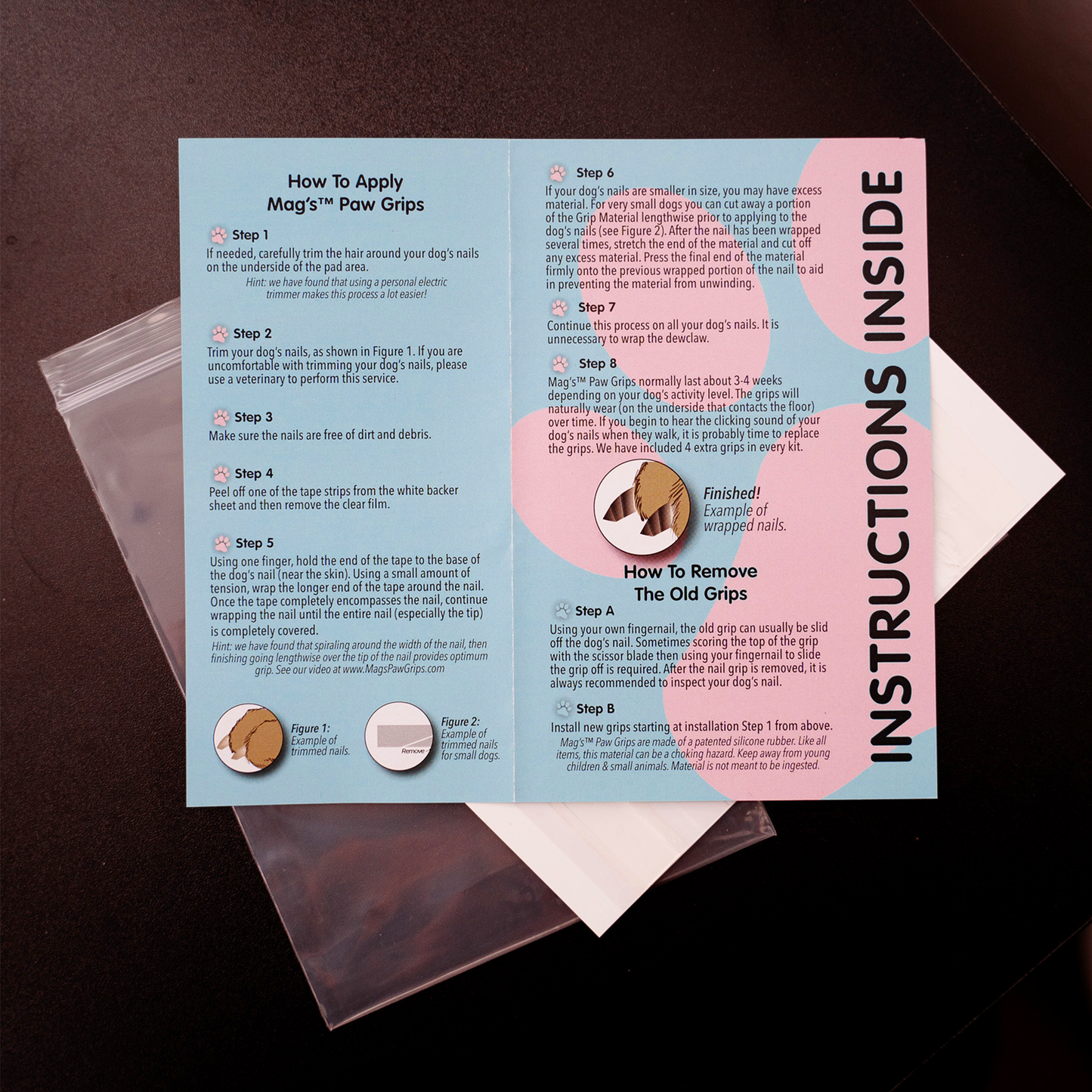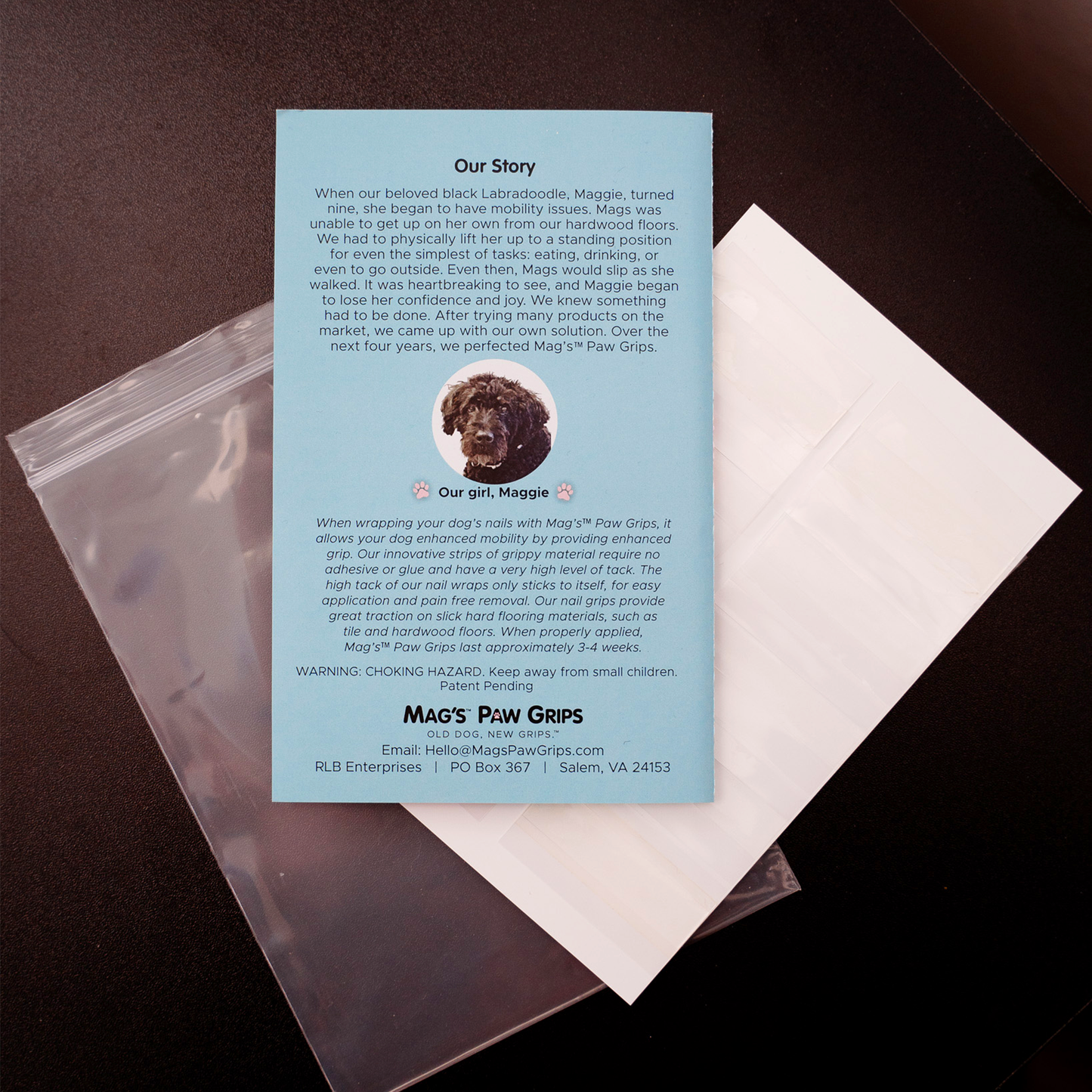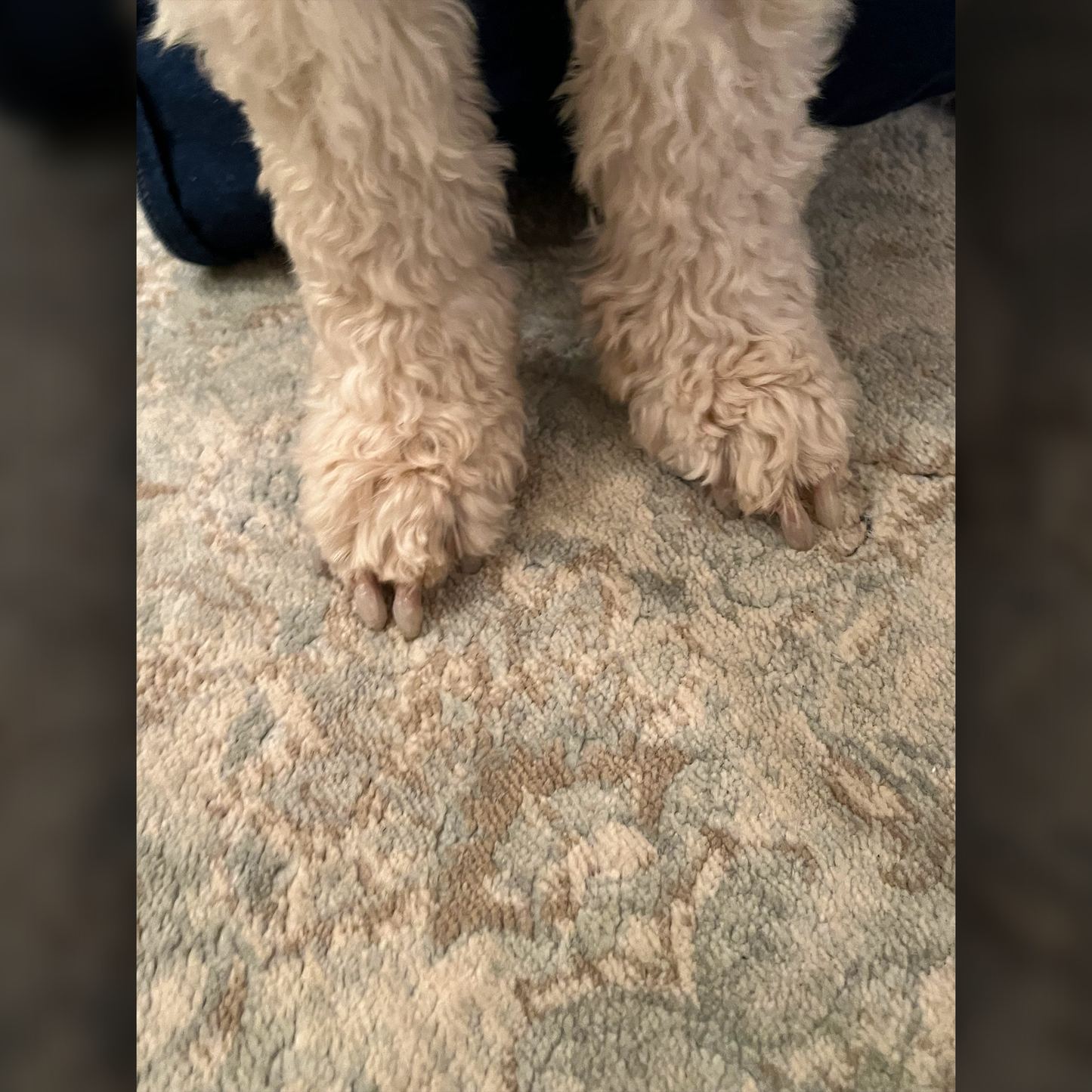
How to Tell If Your Dog Needs Paw Grips
Paw grips can be incredibly helpful for dogs who struggle with traction on slick surfaces, providing comfort, stability, and confidence. But how can you tell if your dog might benefit from them? Here’s a guide to help you assess whether your dog could use a little extra grip!
1. Trouble Walking on Slippery Floors
One of the most common signs a dog needs paw grips is difficulty walking on smooth, slippery floors like tile or hardwood. If your dog’s paws keep slipping, or if they seem to tense up or walk very slowly, paw grips could help.
2. Reduced Mobility in Older Dogs
Senior dogs often struggle with reduced mobility due to age-related issues, arthritis, or general weakness. If you notice your older dog hesitating on wood stairs or struggling to get up from the floor, paw grips may give them the stability to navigate these tasks with more ease. This simple addition can make a big difference in their comfort and confidence.
3. Difficulty Standing After Lying Down
Dogs who struggle to get up from a lying position, especially on slick floors, could benefit from paw grips. This issue often affects larger breeds and aging dogs whose leg muscles may not be as strong as they once were. Dog’s instinctively put their claws down for additional traction but this actually makes it worse on slippery floors. Paw grips offer extra traction that makes getting up easier, reducing strain on their joints and muscles.
4. Visible Signs of Anxiety or Hesitation
If your dog appears anxious, hesitant, or avoids certain areas with smooth flooring, paw grips could help. Some dogs express this anxiety by refusing to walk into certain rooms or tensing up whenever they need to cross slick surfaces. Paw grips offer stability, helping to ease anxiety and encourage them to move freely around the entire house.
5. Frequent “Bambi Legs” Moments
If your dog frequently looks like they’re doing the splits with splayed legs on slippery floors, it’s a sign they lack the necessary traction. These “Bambi legs” moments, where they’re unable to regain their footing, indicate they need additional grip to feel secure.
6. Recovering from Surgery or Injury
Dogs recovering from surgery, especially orthopedic procedures, often benefit from paw grips. Surgery recovery can make it difficult for them to support their full weight without slipping. Paw grips can offer that extra support, helping them avoid unnecessary strain as they heal.
Why Mag’s Paw Grips Are the Perfect Choice for Your Dog
If you think your dog could benefit from extra traction, Mag’s Paw Grips are an excellent solution. Mag’s Paw Grips offers your dog reliable traction without the bulk of traditional booties or socks. Here’s why they stand out:
- One Size Fits All: Mag’s Paw Grips comes in a one-size fits all to ensure the perfect fit for your dog’s paws.
- No Adhesive or glue: Mag’s Paw Grips do not use glue or messy adhesives.
- High-Quality Material: Made from durable, non-invasive silicone materials, Mag’s Paw Grips provide stability without sacrificing flexibility or comfort, making them ideal for extended wear.
- Easy Application: These grips are designed to go on with ease.
Conclusion
Mag’s Paw Grips can make a significant difference for dogs who struggle on slippery surfaces or need a little extra support due to age or injury. By observing your dog’s behavior on various surfaces, you can decide if they might benefit from this simple, effective solution. With Mag’s Paw Grips, your dog can enjoy better footing and regain the confidence to move freely and comfortably around your home.










